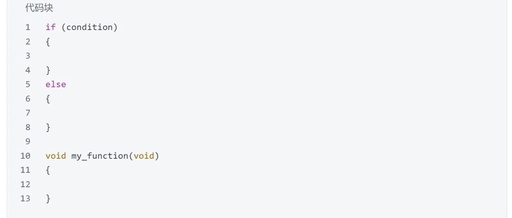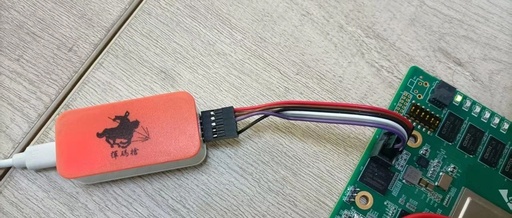Debugging Techniques for C Language Code: Using GDB
Debugging Techniques for C Language Code: Using GDB Debugging is an essential skill for any programmer, and in C language, the GNU Debugger (GDB) is one of the most commonly used debugging tools. This article will introduce you to how to effectively use GDB to debug C language programs. What is GDB? The GNU Debugger … Read more









